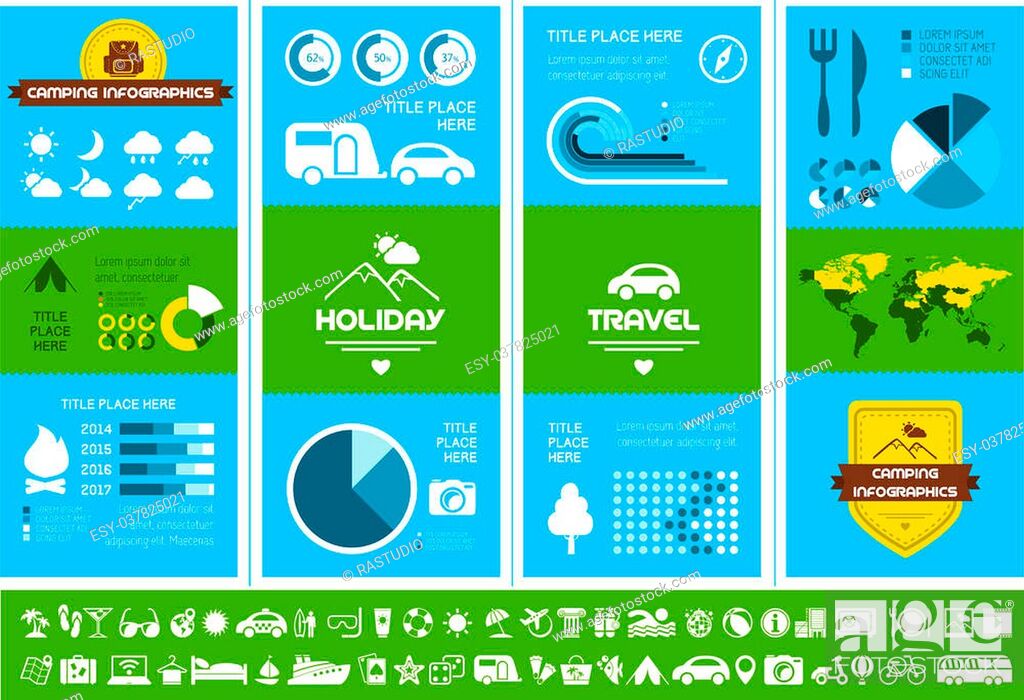Follow These Golden Rules When Selling Your Camping Tents Online
Follow These Golden Rules When Selling Your Camping Tents Online
Blog Article
Does Your Backpacking Camping Tent Need a Footprint?
A footprint is expensive and adds extra weight to your backpack. It likewise isn't especially long lasting.
What is a camping tent?
Ultimately, whether a tent footprint is necessary relies on where and just how often you're camping. In general, it's a good idea to use one if you camp on abrasive surfaces or in wet conditions.
Tents with Reduced Deniers and Water-proof Rankings
Outdoors tents with reduced deniers and water-proof rankings often tend to be lighter, yet they can likewise be a lot more vulnerable. They may require even more constant repair services and have much less indoor area than tougher designs. If you're a laid-back backpacker who likes to travel rapid and light, this could be great; nevertheless, more skilled hikers know that giving up longevity can feature huge repercussions down the trail.
The denier and waterproof ranking of an outdoor tents's cover, rainfly, and flooring can assist you determine its livability. Look for higher-denier textiles on the cover and rainfly, in addition to taped seams that help protect against water from permeating with stitches. Some producers even use warmth and sealer during construction to create a more powerful joint; these are called welded seams.
The livability of an outdoor tents can additionally be figured out by its floor dimensions and ability. A camping tent's floor should be a little smaller sized than the footprint to prevent water from merging under the shelter.
Tents in Rough Surface
Numerous backpacking tents consist of a footprint made particularly for their design, which helps make certain an appropriate fit and safeguards the tent's base from dampness and sharp items. Other suppliers offer universal footprints that can be reduced or folded to match a tent's dimensions.
The sort of surface you'll experience is an additional crucial consideration for choosing an outdoor tents. For example, if you'll be camping in a canyon or gully, look for a sanctuary that can manage strong winds. These problems produce turbulence that can make the distinction between appreciating your camping area or suffering pain.
The capability and peak elevation of a tent offer you a great concept of its livability, however additional aspects to consider consist of vestibules (the section of the rainfly covering the doors) and total storage space. As an example, during our winter months testing of the Marmot Tungsten, its charitable 93-by-82-inch floor conveniently dealt with 4 perspiring backpackers and their puffier shoulder season resting bags while still leaving sufficient area for gear and individuals.
Camping Tents in Damp Conditions
Even if your tent appears completely dry, wetness lurks in the nooks and crannies. With time, it can deteriorate the textile. That's why it's so essential to take advantage of day of rest to deep-clean your tent and its elements, such as zipper cellular linings, stake loops and flexible webbing straps.
Additionally, make sure to pitch your camping tent in a level area, not a divot or concave place, so that ground water does not accumulate between the camping tent flooring and footprint or tarpaulin. And if you're using glamping tent an impact, take into consideration a custom-cut one developed for your outdoor tents's floor plan. It won't accumulate rainwater the method a common ground cloth or tarp can.
Technique setting up and removing your outdoor tents in your home prior to you hit the trail, to get a feel for just how quickly and effectively you can do it. Likewise, method scouting your camping tent in various terrains to see how very easy it is (or isn't) to do in bad climate condition.
Outdoors Tents in High-Rise Situations
Tents vary in floor dimension and livability. As an example, a big tent with double doors and vestibules like Marmot's Tungsten can take care of four backpackers without needing acrobatics to get in and out or to keep equipment.
The minimum route weight specification is the very best specification to compare designs, as it consists of the bare basics: tent body, rainfly and posts. But bear in mind that the specification omits outdoor tents risks, guy lines and stuff sacks.
Many backpacking outdoors tents can hold up to a light summer storm, however some can be swept away by gale-force gusts. Seek a model with strong posts, an elevated bathtub-style flooring and seam taping to decrease the possibility of water permeating via. Pricier designs likewise have a tendency to include stronger materials that can withstand the effect of particles and various other forces.
Are canvas tents better than nylon?
